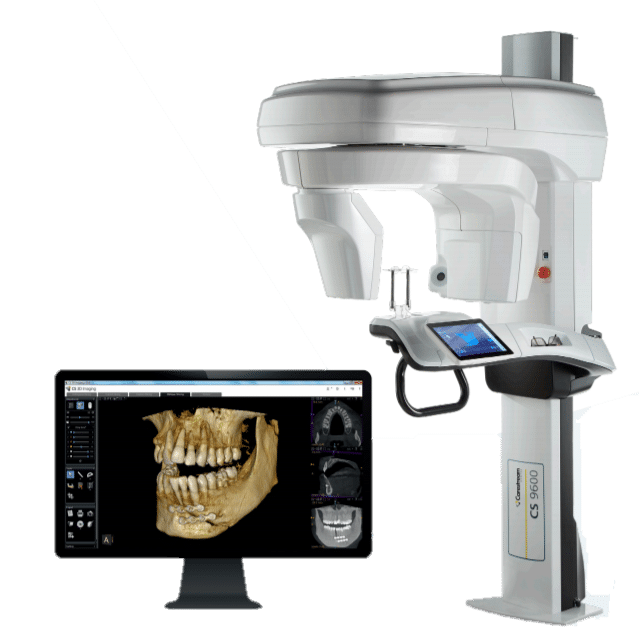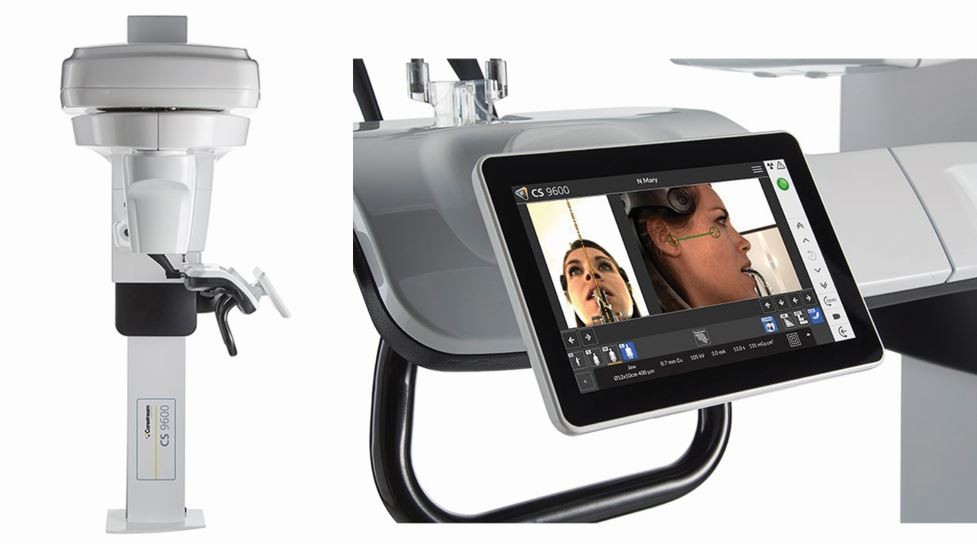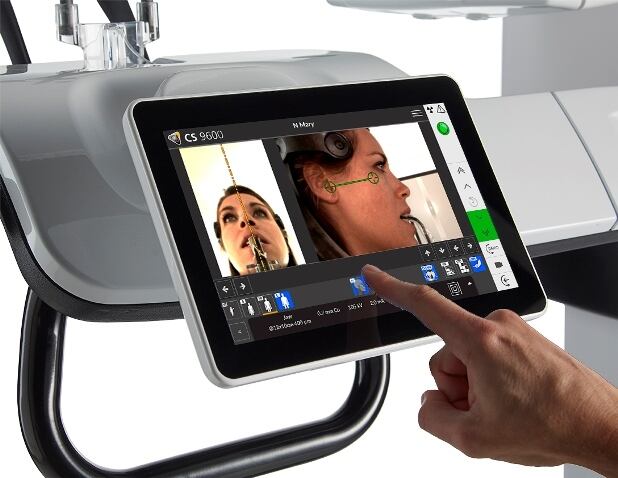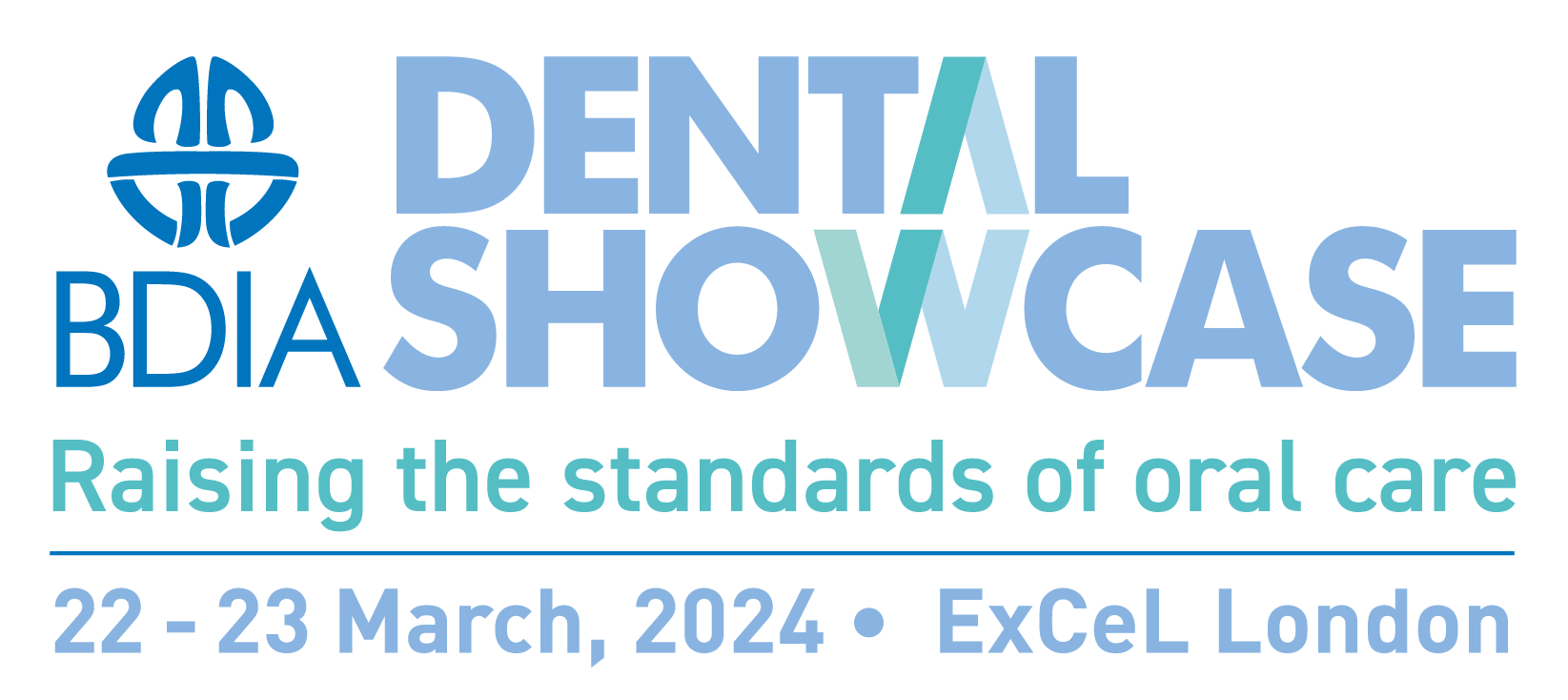Dental imaging has come a long way since the advent of radiography in the profession, with modern day systems offering sleek and efficient workflows for a variety of clinical needs. In recent decades, we have welcomed a new approach to patient care awash with effective digital solutions, which will shape treatments long into the future.
However, to provide the most effective care possible, each practice must select the right systems to invest in, suited to their unique workflows. Making the best choices will not only improve patient lives today, but inform treatments in exceptional detail for years to come.
Immediate impacts
 It’s important to assess what types of imaging system your practice currently needs. This will vary dependent on the information that your common treatment plans require: You’ll receive different insights from intraoral and extraoral scanners, or 2D and 3D systems.
It’s important to assess what types of imaging system your practice currently needs. This will vary dependent on the information that your common treatment plans require: You’ll receive different insights from intraoral and extraoral scanners, or 2D and 3D systems.
Perhaps your practice could benefit from the addition of a versatile imaging plate system, suited to many everyday requirements. These are excellent for the likes of periapical and bitewing exams, offering insight into a variety of oral health problems. Imaging plate systems are simple for clinical use, and often solely provide results in 2D, which can and will continue to inform many common treatment plans.
However, relying only on two-dimensional results means professionals can’t always determine a correct diagnosis.[i] To attain a wider range of clinical insights, exceptional 3D solutions have been developed, like cone beam computed tomography (CBCT) systems.
These allow for the visualisation and assessment of bony anatomic structures and pathological changes in three dimensions, and to a high degree of accuracy.[ii] Some specialised CBCT systems include facial scanning, which can reliably capture 3D soft-tissue images for digital treatment planning.[iii] A CBCT system not only delivers a greater variety of treatment insights, but allows clinicians to closely tailor plans for the likes of implants and bone grafts. The benefits to individualised care are clear: Complex regenerative operations are simplified and faster, with a reduced risk of infection and improved healing,[iv] all initiated from the imaging capabilities.
It may be most suitable to combine both 2D and 3D imaging solutions within a practice. Clinicians can then approach patients with the suitable tool depending on the diagnostic requirement, whilst also attaining comprehensive insights.
Look to the future
It’s important to not only consider the changes a new imaging system can make today, but how it will affect your workflows many years down the line. To do so, we must begin to understand what dentistry might look like in the future.
dentistry might look like in the future.
Perhaps the largest and fastest moving trend in dentistry is that of artificial intelligence (AI) and its applications when devising diagnoses and treatment plans. It has proven to provide accurate assessments of periapical lesions and root fractures, and aid throughout the orthodontic process, from diagnosis to planning and treatment monitoring.[v] AI’s abilities do not end there, and they will only expand as further research is carried out.
Ensuring your investment is compatible with AI-powered imaging software may be key. When utilised for radiographic interpretation, in particular, clinicians could be more likely to prevent incorrect diagnosis and treatment planning, and avoid unnecessary investments of time and workload.[vi]
The right system will not only align with the future of dentistry as a whole, but with your practice specifically. It could enhance your ability to provide and monitor effective orthodontic, dental implant and endodontic treatments in the coming years. Your investment could then fuel practice growth, by opening doors to clinical offerings that were never possible before.
Protect your practice
Undoubtedly, when an investment into something as significant as an imaging system is made, there is a need to maximise its returns and sustain its impact for as long as possible. This is not only through providing up-to-date benefits for treatment planning and monitoring, but ensuring it is physically able to stand the test of time.
only through providing up-to-date benefits for treatment planning and monitoring, but ensuring it is physically able to stand the test of time.
Sometimes systems fail, simply through parts falling short after years of service or accidental breaks. There shouldn’t be a need to invest in an entirely new solution when this happens. To protect an investment against unfortunate eventualities, dental professionals should be able to repair or replace an imaging system quickly, without suffering extensive treatment downtimes.
Effective dental imaging is vital for the future of any practice, and Carestream Dental is committed to providing clinicians with exceptionally designed systems, from the five-time award-winning CS 9600 CBCT scanner to the simple and effective CS 7200 Neo Edition imaging plate system. A leader in 3D technology, Carestream Dental is proud to introduce its extended warranty on a multitude of solutions, up to five years on intraoral products, and an entire decade on extraoral systems. This allows clinicians to lean on an experienced, widely-renowned brand name to restore any part of their imaging system–not just sensors and generators–for a long-lasting, reliable solution.
An imaging system has the power to revolutionise your practice’s treatment outcomes and the care patients receive. By choosing an optimal, future-proofed solution for your practice, you can continue to change lives for many years to come.
For more information on Carestream Dental and our new extended warranties visit www.carestreamdental.co.uk
For the latest news and updates, follow us on Facebook and Instagram @carestreamdental.uk
[i] Mangano, F., Shibli, J. A., & Fortin, T. (2016). Digital dentistry: new materials and techniques. International journal of dentistry, 2016.
[ii] Hung, K., Yeung, A. W. K., Tanaka, R., & Bornstein, M. M. (2020). Current applications, opportunities, and limitations of AI for 3D imaging in dental research and practice. International Journal of Environmental Research and Public Health, 17(12), 4424.
[iii] Hung, K., Yeung, A. W. K., Tanaka, R., & Bornstein, M. M. (2020). Current applications, opportunities, and limitations of AI for 3D imaging in dental research and practice. International Journal of Environmental Research and Public Health, 17(12), 4424.
[iv] Mangano, F., Shibli, J. A., & Fortin, T. (2016). Digital dentistry: new materials and techniques. International journal of dentistry, 2016.
[v] Agrawal, P., Nikhade, P., & Nikhade, P. P. (2022). Artificial intelligence in dentistry: past, present, and future. Cureus, 14(7).
[vi] Kurt Bayrakdar, S., Orhan, K., Bayrakdar, I. S., Bilgir, E., Ezhov, M., Gusarev, M., & Shumilov, E. (2021). A deep learning approach for dental implant planning in cone-beam computed tomography images. BMC Medical Imaging, 21(1), 86.









